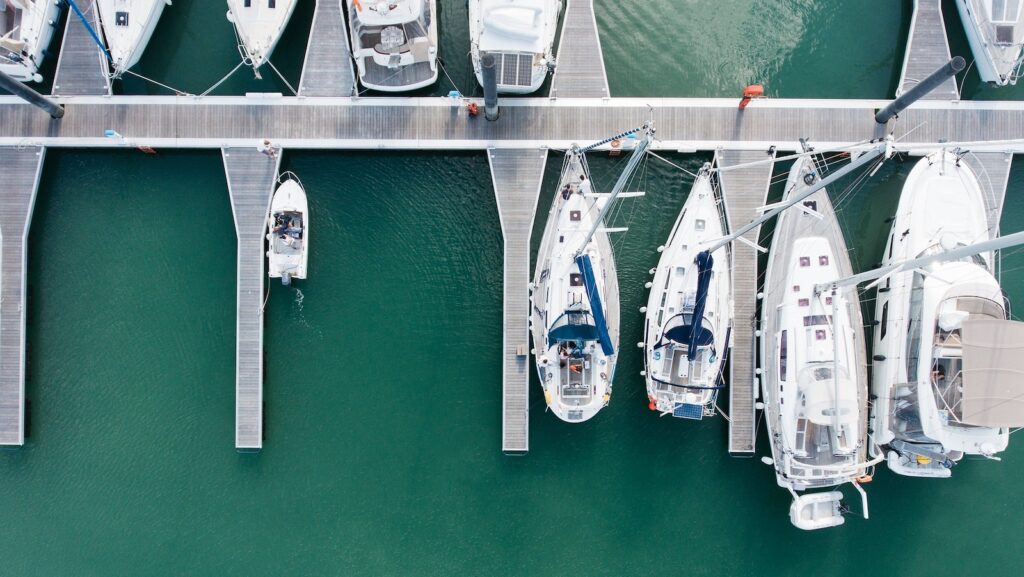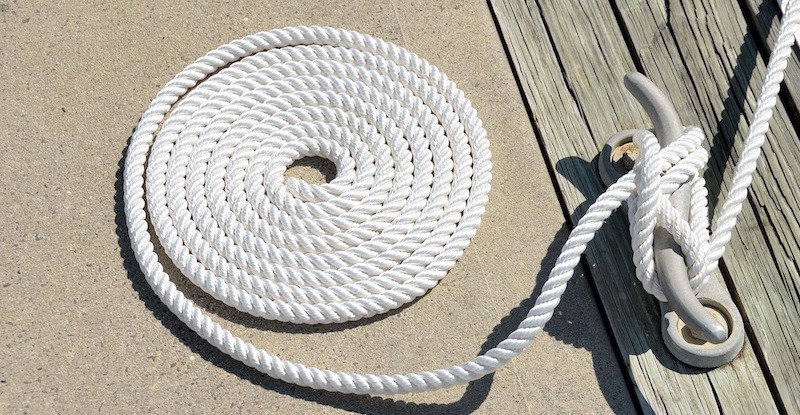Many people get tense when parking their car in common S-shaped parking spots, which must be approached strictly in reverse, especially in traffic. Checking mirrors, taking measurements, calculating the right steering angle: in short, it takes some practice and a bit of composure. But what about boaters? Certainly, mooring a boat correctly is – in most cases – much more complex than parking a car. Also because there are many variables and complicating factors. Consider when space is limited, when there’s wind, when the chosen berth isn’t the most convenient, or when you’re alone. Indeed, someone who finds themselves mooring a not particularly small boat alone – whether power or sail – can actually face some challenges. So, how do you moor the boat alone without making mistakes, without causing damage, and possibly without embarrassing yourself in front of those who might be watching from the dock? Let’s look at some advice in this article.
Choosing the Right Marina
The first advice we want to give you is, obviously, to choose a suitable berth. Especially when maneuvering alone, it becomes essential to have a berth in a marina that can offer sufficient maneuvering space: it would be naive to think only about the dimensions of the berth itself, it’s also important to verify that there’s enough water to enter and exit without going crazy (we have in any case covered the topic of
How to Moor Alone: Prepare Everything Well in Advance
When mooring a boat alone, whether you’re actually alone on board or there are other people aboard who aren’t able to help, it’s essential to prepare everything well before entering the port: everything that’s already prepared won’t need to be arranged in a hurry at the last moment, taking attention away from the mooring itself. What should you do when approaching the port? First of all, it’s important to consider the wind, to understand which direction it’s blowing from, then think about any currents. Then you’ll need to plan the maneuvers: those who know their berth well will already have a clear scenario in mind, while those arriving for the first time will need to rely on technical information gathered in advance (whether it’s a fixed or floating dock, if there’s a mooring buoy, if there’s shallow water, and so on). Obviously, VHF contact with the port before entering also helps.
Furthermore, it’s necessary to physically prepare for mooring, placing all the necessary fenders based on the type of mooring you’ll be doing: certainly, once arrived you might need to modify some positions or heights, but having them already in position makes an absolute difference. The rule is also to have one or two spare fenders, to use if needed. And again: the last thing to do is prepare the lines, which should be perfectly coiled and organized, ready to be used in moments.
How to Moor Alone: Getting Help
Obviously, when you’re alone, help from a port operator can be valuable. In our tourist port Marina Porto Antico in Genoa, for example, there’s always one of our staff ready to assist those who are mooring; and certainly, when you’re alone and perhaps with boats of a certain size, having help from the dock can eliminate a lot of stress and greatly facilitate the entire operation. Thinking that asking for help from someone on the dock is dishonorable is simply wrong thinking: it’s in everyone’s interest that moorings are done correctly and without errors!
Mooring Alone in Windy Conditions
And what if there’s wind when mooring? There are ports that are particularly exposed, and other marinas that are decidedly protected – as is the case with our tourist port in Genoa. But what to do when entering port in strong wind conditions? The first error to avoid is finding yourself with the bow into the wind at reduced speed, to avoid drifting at the most inopportune moment. It’s better to have the wind at the stern, with a maneuverable boat thanks to the engine’s weight, using the throttle to compensate and nullify the push coming from behind. It’s clear then that someone mooring alone could have great advantages in positioning themselves with the stern to windward already at the harbor entrance, to have all the time to calmly prepare subsequent actions.
Some Technological Help
It should be said that those who often find themselves mooring their boat alone might also equip themselves with some specially designed tools. What are we referring to? The first thing that comes to mind is, for example, the smart mooring buoy Clik. Perhaps you’ve already heard of it: it’s a technological buoy that allows you to tie the mooring line when weighing anchor, to take it underwater. When mooring, you can remotely command Click to make the mooring line resurface at the bow, making things easier.



